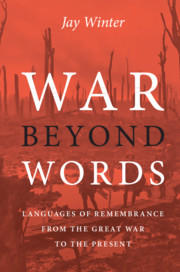Wegner, Armin T., “
Armenien … Offener Brief an den Präsidenten der Vereinigten Staaten von Amerika, Herrn Woodrow Wilson, über die Austreibung des armenischen Volkes in die Wüste,”
Berliner Tageblatt und Handels-Zeitung, Morgen-Ausgabe,
85, February 23,
1919, p.
4; translated by
Samuelli, Silvia, and published as “An open letter to the President of the United States of America, Woodrow Wilson, on the mass deportation of the Armenians into the Mesopotamian desert,”
Journal of Genocide Research 2, 1 (2000), pp.
127–32.
Google Scholar 
